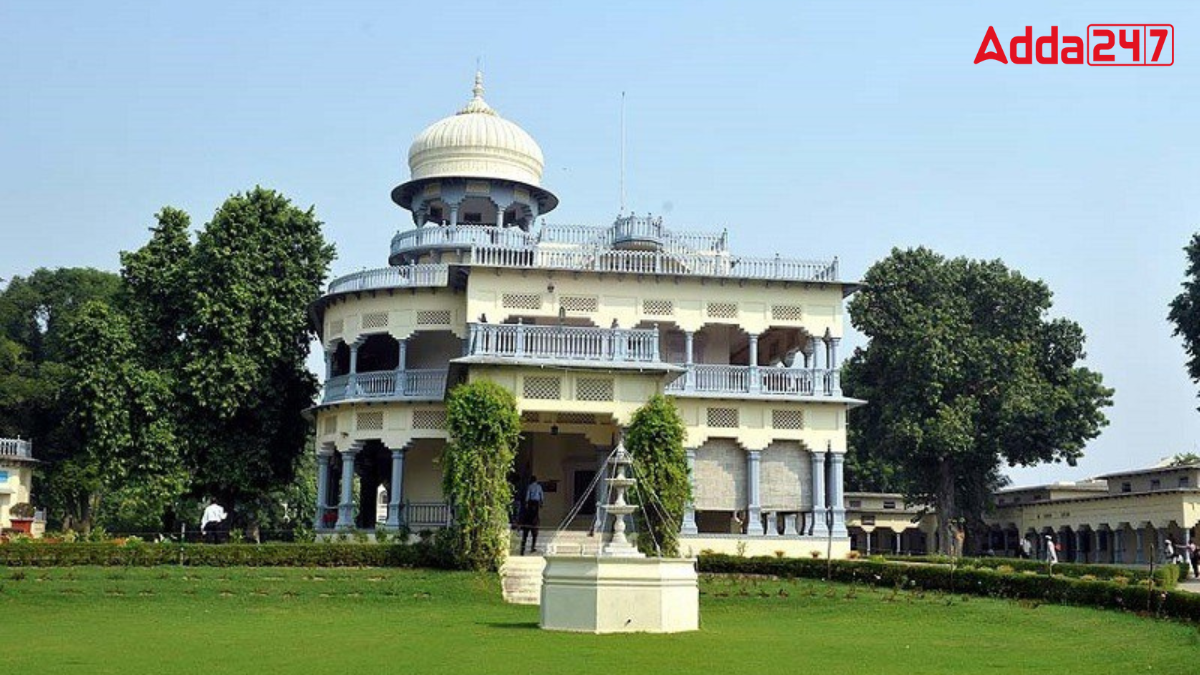Uttar Pradesh, India’s fourth-largest state, is renowned for its diverse cultures and unique traditions. With the highest population density in the country, it also boasts the largest number of districts. Amidst the varied regions and districts of Uttar Pradesh, there lies a significant connection between a district and Anand Bhawan, a historical edifice with profound significance.
An Overview of Uttar Pradesh
Uttar Pradesh, formerly known as the United Provinces, encompasses a vast expanse of 240,928 square kilometers, constituting approximately 7.33% of India’s total land area. With a population of over 240 million as of 2011, it accounts for nearly 16.5% of India’s population, making it the most populous state in the country.
Which District of Uttar Pradesh is related to Anand Bhawan?
Anand Bhawan is related to Prayagraj district in Uttar Pradesh. Constructed in 1930 by Motilal Nehru, it initially served as the ancestral home of the Nehru family and later became the headquarters of the Indian National Congress. Today, it stands as a significant historical landmark in Prayagraj, preserving the legacy of India’s struggle for independence and housing a museum dedicated to the nation’s freedom movement.
Introduction to Anand Bhawan
Anand Bhawan holds a prominent place in the historical landscape of Uttar Pradesh, particularly in Prayagraj district. Constructed in 1930 by Motilal Nehru, it served as the ancestral home of the Nehru family. Initially intended as a residence, it later transformed into the headquarters of the Indian National Congress.
Historical Significance of Anand Bhawan
Over time, Anand Bhawan evolved from a personal residence to a symbol of India’s struggle for independence. It witnessed numerous pivotal moments in the nation’s history, hosting discussions, meetings, and strategizing sessions led by prominent freedom fighters.




 World’s 10 Richest Families in 2025: Top...
World’s 10 Richest Families in 2025: Top...
 Which is the Oldest Rainforest on the Ea...
Which is the Oldest Rainforest on the Ea...
 Narpuh Wildlife Sanctuary: Conservation ...
Narpuh Wildlife Sanctuary: Conservation ...







